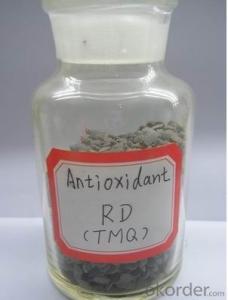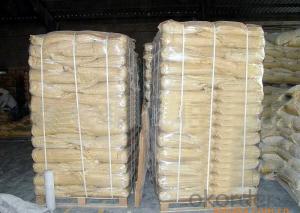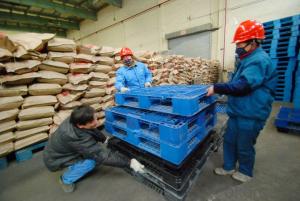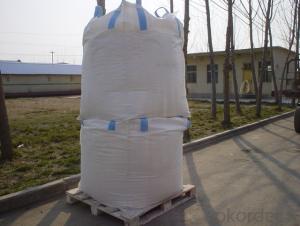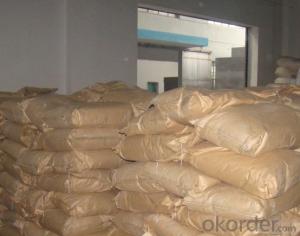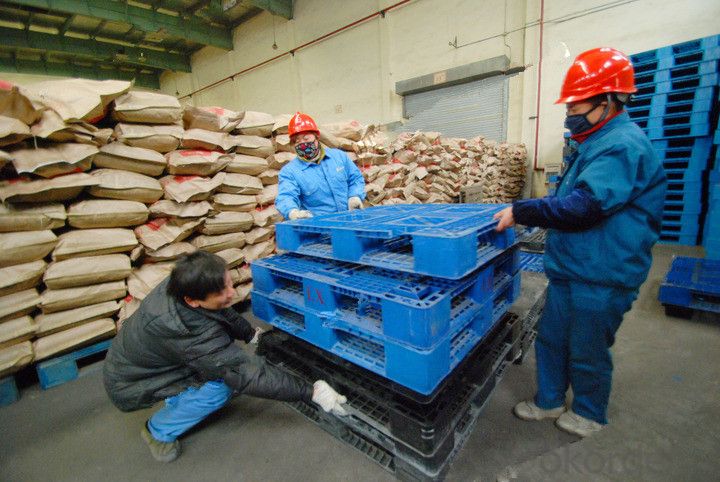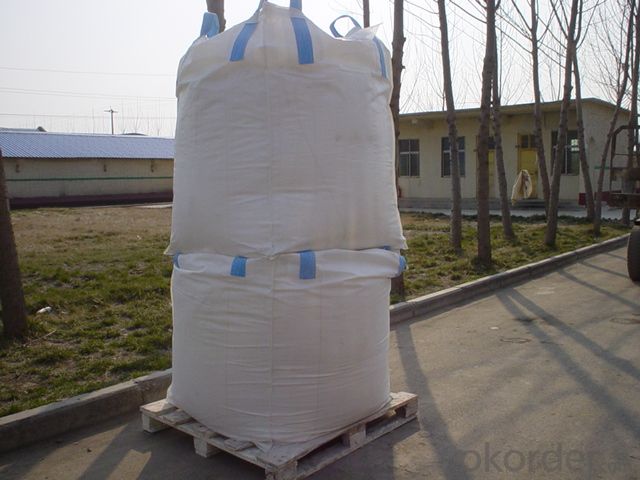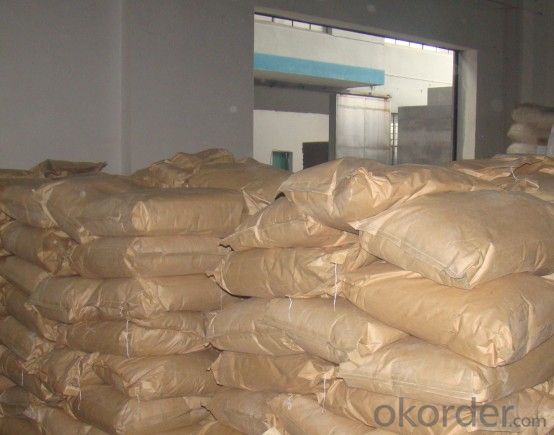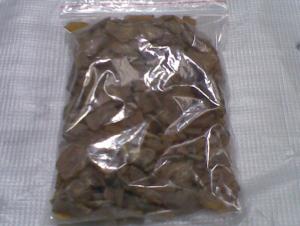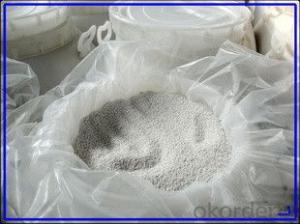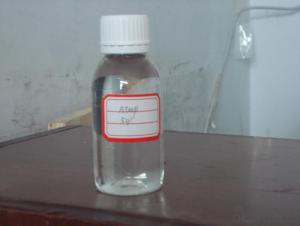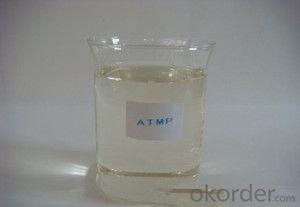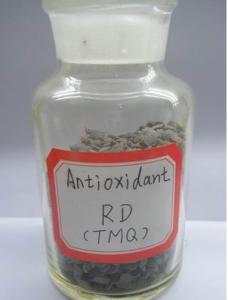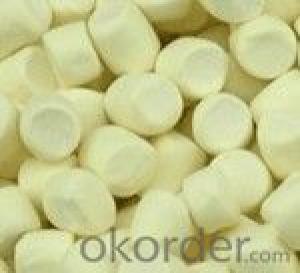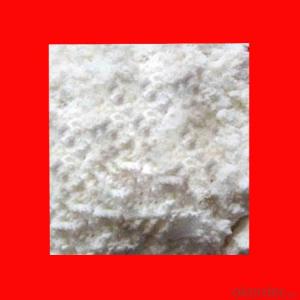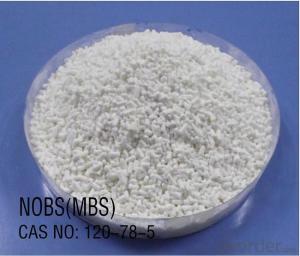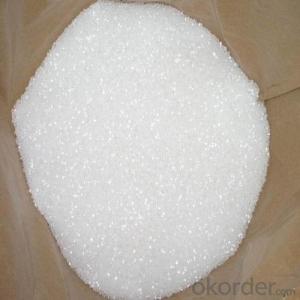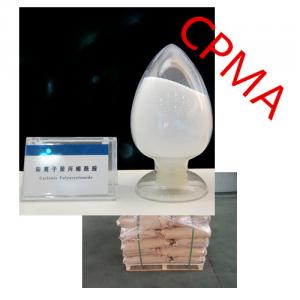Rubber Chemcials Rubber Antioxidant RD (TMQ)
- Loading Port:
- Tianjin
- Payment Terms:
- TT OR LC
- Min Order Qty:
- 25 m.t.
- Supply Capability:
- 12000 m.t./month
OKorder Service Pledge
OKorder Financial Service
You Might Also Like
RD (TMQ)
Chemical Name:2,2,24-Trimethy 1-1,2- Dihydroquinoline content
Molecular Weight: (173.26)n
CAS No.:26780-96-1
Executive standard: GB/T 8826-2003
Specification:
Item | Index | ||
High Content | High Class Product | First Class Product | |
Appearance | Amber to light brown flake or granular | ||
Softening Point ℃ | 90.0+10.0 | 80~100 | |
Heat Loss % ≤ | 0.30 | 0.30 | 0.50 |
Ash% ≤ | 0.20 | 0.30 | 0.50 |
Assay % ≥ | 77.0 | -- | -- |
Isopropyl-bis aniline % ≤ | 0.20 | -- | -- |
Issolubles in alcohol % ≤ | 0.50 | -- | -- |
Properties: Pale yellow to amber power or thin.Nontoxic Not soluble in water, soluble in benzene.Chloroform,acetone and carbon disulfide,Miro-soluble petroleum hydrocarbons.
Application:The product is particular excellent kinds od eneral-purpose ammonia anti-ageing agent.Ti particular suit to full-stell,semi-steel radial tire and it apply to many kinds of the tires,rubber tube,gummed tape, rubber overshoes and general industrial rubber producers and also suits to emulsion products.
Packing:25kg paper bag inner with PE bag.
Storage:The product should be stored in the fry and colling place with good ventilation. The product should be avoid hot sunshine.
- Q: Is it faster or slower? The What if you do not?
- The junior middle school textbook is defined as "no reaction" but in fact the catalyst reacts first with a reaction and then the product reacts with other reactants, which will speed up the rate of reflection. Not all catalysts can speed up the reaction rate, but the organic catalyst is more efficient than the inorganic catalyst. "Hydrogen peroxide reacts with hydrogen peroxide more quickly than hydrogen chloride reacts with hydrogen peroxide.
- Q: in acid-catalyzed reaction,there are some books show the acid catalyst as H+ and there are some show it as H3O+ .Are they the same?
- Sort of. If the reaction is under aqueous conditions (any water is included in the reaction), then yes, H+ = H3O+. This is because free protons present (H+) will be coordinated generally to molecules of water [thus H2O + H+ =H3O+ ]. But there are reaction conditions where water is not present, but an acid catalyst is still possible. In these cases, the acid catalyst may frequently be indicated as simply H+. Either way, the function in most of your reaction mechanisms is basically the same, whether indicated as H+ or H3O+ -- and that's to protonate molecules (Lewis or Bronsted bases) with H+. Concentrated sulfuric acid would be an example of a mostly-anhydrous (no water) strong proton/acid source (H+). Hydrochloric acid (HCl) frequently is available as an aqueous solution, even concentrated HCl is an aqueous solution of HCl. HCl itself is a gas under ambient conditions... but it has solubility in water and thus is conveniently sold frequently as an aqueous solution (which could be represented as H3O+)
- Q: Chemistry why the catalyst can be equal to speed up the positive reaction rate
- Since the catalyst only changes the activation energy and the amount of reactivity can be reduced, the amount of reaction energy is also reduced. Therefore, a positive catalyst is also a good catalyst for its reaction. Speed up the same multiple.
- Q: Explain how a catalyst may increase the rate of chemical reaction?
- Catalysts lower the activation energy (that is, the energy needed for a reaction to proceed) in either the final product or the intermediates. It can do this in a number of ways, including conformational (shape) changes in the intermediates (such as in complex organic molecules), changing the intermediates that form (alternate reaction pathway) or by changing the reactant in a certain way (like sulfuric acid stripping a proton off of a molecule so that nitric acid can bind to it and nitrate it, which would otherwise be energetically unfavorable). In English, catalysts change the molecules so it doesn't take as much energy for the reaction to take place. Think of jumping a hurdle: the same height on either side of it (reactant and product), but if you lower the hurdle (reduce the activation energy) it's easier to get to the other side.
- Q: It is best to tell me what the role of sulfuric acid in these reactions, respectively
- Esterification reaction (dehydration), nitration (dehydration, concentrated nitric acid), carbonation reaction or dehydration reaction (organic matter in sulfuric acid blackening, dehydrating agent), sulfonation reaction (dehydrating agent), ethylene (dehydrating agent).
- Q: In the catalyst and light conditions to break down the water to get the chemical equation of hydrogen
- 2H2O = 2H2 ↑ + O2 ↑
- Q: What is a Catalyst?
- Catalyst is such a chemical substance, which is used in a chemical reaction to increase/decrease the rate of the reaction and the reaction the substance remains intact.This is called Catalyst.For example, during preparation of Oxygen from potassium chlorate in the laboratory manganese-die-oxide is used as a catalyst.
- Q: i know that the catalyst is not react in an reaction,,,so that i don't why could it speed up the reaction?? Further, how does the scientist determine the catalyst for certain reaction??please give me more example....i really want to know it! i do not have any idea about this...so hope your answer will help me....thanks!
- Catalysts reduces the activation energy needed for a reaction, that is the energy each atom needed to have in order to have an reaction.
- Q: A substance involved in chemical reflection, but reflects the quality of the material before and after the change, you say it is a catalyst?
- Is a catalyst. Principle and burning black copper wire and ethanol reaction to produce acetaldehyde the same
- Q: how do catalysts help in green chemistry?
- Catalysts allow more efficient conversion of products in irreversible reactions, or they allow for the faster attainment of equilibrium in equilibrium reactions, thereby reducing time, raw material waste and emissions. Also, because catalysts are reusable, they can be recycled.
Send your message to us
Rubber Chemcials Rubber Antioxidant RD (TMQ)
- Loading Port:
- Tianjin
- Payment Terms:
- TT OR LC
- Min Order Qty:
- 25 m.t.
- Supply Capability:
- 12000 m.t./month
OKorder Service Pledge
OKorder Financial Service
Similar products
Hot products
Hot Searches
